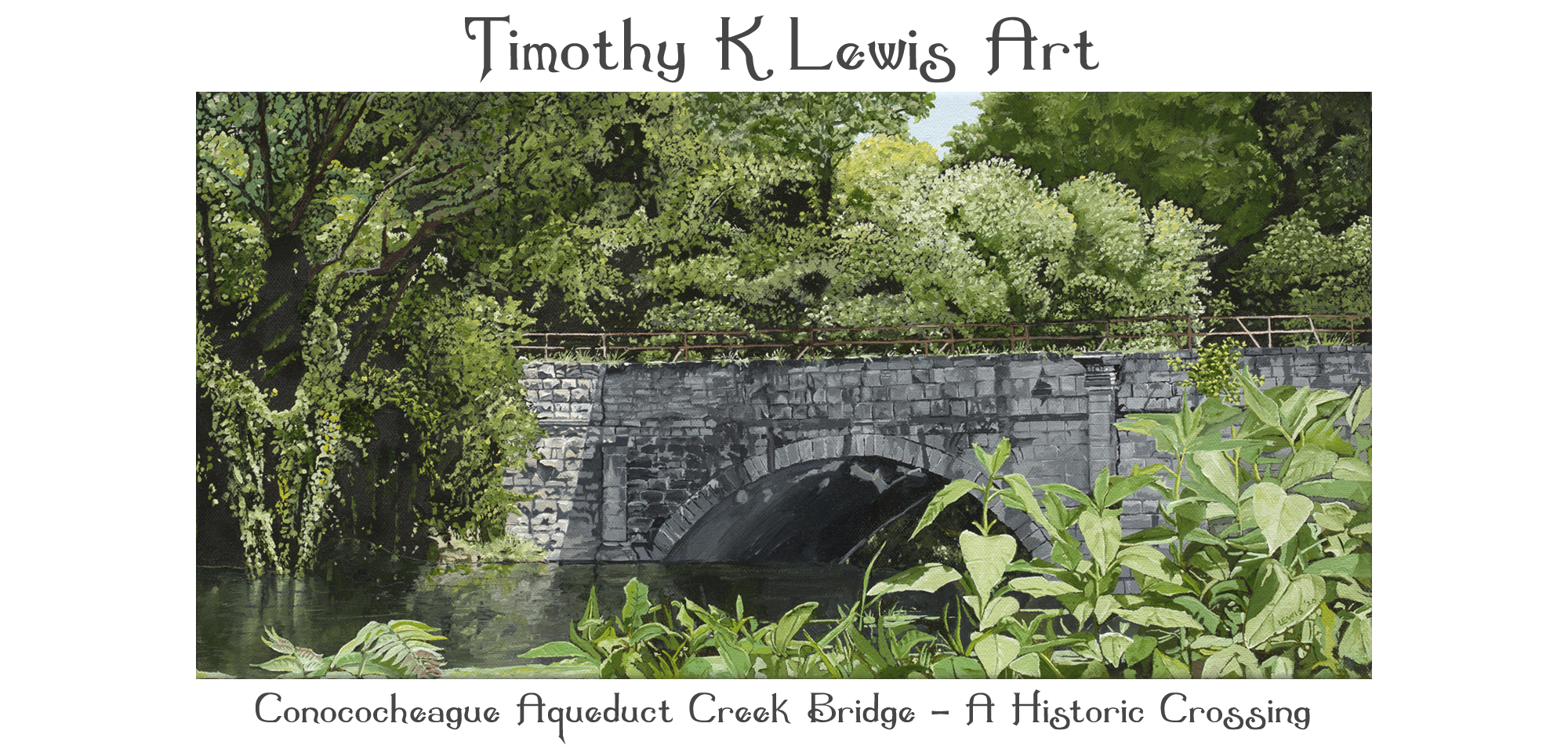
The Four Old Trees of Taos by Timothy K Lewis, 20″ x 24″ Oil on Canvas (2014)
About This Painting – The Four Old Trees of Taos
These trees, believed to be Cottonwood trees, were located near Highway 64 between the Taos Pueblo and the Rio Grande Gorge Bridge in Taos, New Mexico. They were situated alone in an open area with mountains behind them. At one time, they were a beloved landmark among the locals, especially those living in the Pueblos. Some of them were recently damaged and removed, much to the heartbreak of many.
Sizes and Prices
20″ x 24″ Limited Edition of 100, Archival Reproduction, Oil on Canvas
Unframed: $550.00
Framed: $950.00
A Brief History of Taos, New Mexico
The nearby pueblos, considered the oldest continuously inhabited area/structure in the USA, are believed to have been built between 1000 and 1400 AD. The Pueblo Indians occupy this area.
In the early 18th Century, the Jicarilla and Mescalero Apaches retreated from the brutal, nomadic Comanche onslaught in the area now known as Texas and traveled westward to the Taos region. In 1726, the Spanish gave the Apache tribe lands near Taos as a barrier from the Comanche. By the mid-1700s, the Comanche sweep forced the Apache from the area, and the Apache moved to the southern part of New Mexico and Arizona.
Later to become the homeland of the Mountain living, peace-seeking, yet fierce Chiricahua Apache under Mangas Coloradas, Cochise, Victorio, and Geronimo. The Comanche were ruthless and most skilled on horseback, considered the best horse-mounted fighters of any force, in any place. The area of this painting would be the westernmost raiding territory of the Comanche.
There is much more in and around the Taos area, such as Kit Carson’s home from 1825 through 1868 (it was a wedding present to his wife). There is the area of the occupation of New Mexico by Col. Stephen W. Kearney and his “Army of the West.” Other history includes the Civil War battles of the 1860s.
If in the area, you will want to visit the Taos Pueblos, which many you are welcome to go inside and buy crafts from the Pueblo Artisans.
Taos Pueblos are rich with the history of the Kiva (underground chambers for religious rituals) and the Catholic Church (The Chapel of San Geronimo is on the grounds). However, visitors are not permitted to photograph the Kiva, nor visit the Blue Lake (used for ceremonial reasons). These are things very sacred to the people.
Also, visitors should not post online if they photograph pueblo children without permission from their parents. They welcome us into their home, but we cannot abuse that privilege of our gracious hosts.

